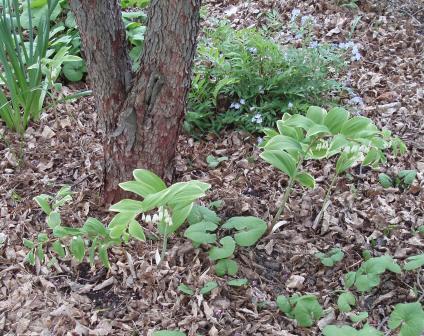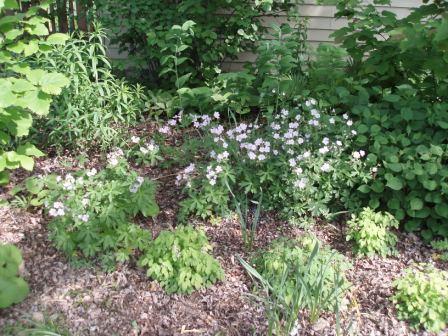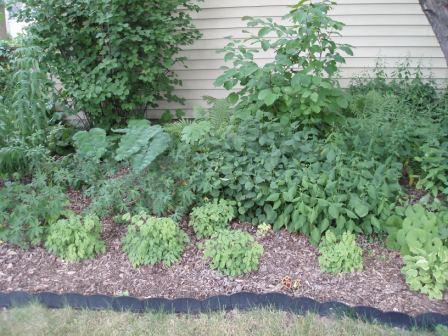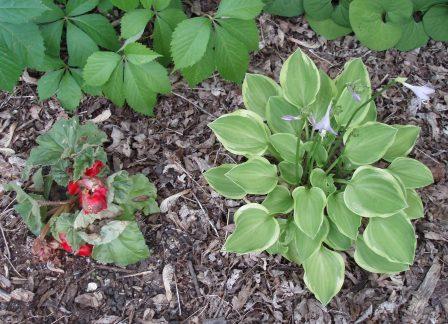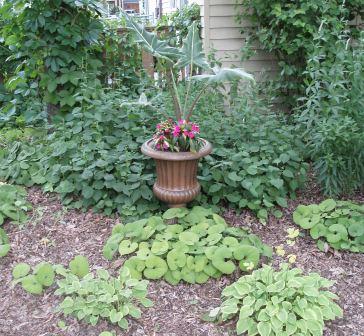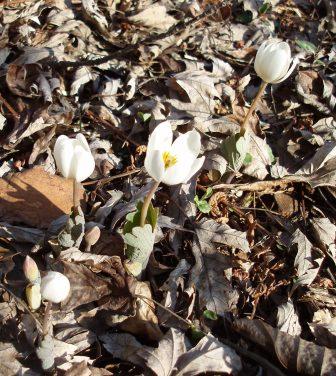by Carl Strang
Today I share what little I know of goldfinches. They are common, we find them throughout the year, but apart from their vocalizations, their plumages, and the fact that they like seeds, how much more can be said? Beautiful, interesting birds, though.
Goldfinch, American
Male goldfinches are bright yellow, black and white in summer. They molt into more subdued colors like those of females in winter, with yellow replaced by greenish. They spend most of the year in flocks. Their flight has a distinctive rollercoaster pattern, accompanied by “chip-chip-chip” and “ziiiiip” vocalizations. Males have a chittering musical song with occasional “zip” notes (slur up), sung from a tall tree or the top of a bush. They sing in early spring, long before nesting, then again in the mid to late summer nesting season. Usually they are seen in or around old fields. They nest in late summer, not beginning until other passerines are done nesting. The nest often is built in a bush in an old field, generally with weed seed down or spider webs used in nest construction. Goldfinches eat seeds.
3SE86. A flock preened at midday in thick tree foliage along Glen Crest Creek at Willowbrook Forest Preserve. They used a “chee-chur-chur” call for contact, giving it whenever changing perches (even flying short distances), and in long flights.
12AP87. First song of year noted, at Winfield Mounds Forest Preserve.
26AP87. Male goldfinch singing in birch in Warrenville yard, 2/3 up the tree. Head facing slightly down toward a female. Then it took off, chasing her with a third goldfinch, gender not noted, joining them.
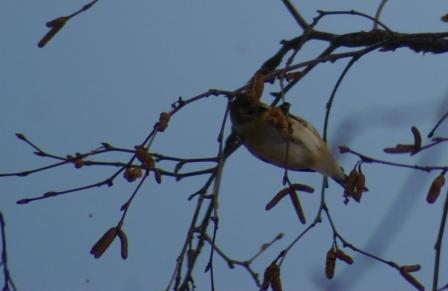
Goldfinches are the masters of plant seeds, and they can find them in every season. Here a bird in winter plumage extracts seeds from paper birch cones.
30AU90. Goldfinches working the thistles (Cirsium discolor and bull thistle) of late. The bird perches on a flower head going to seed and pulls it apart, tossing detached down aside.
25JE99. Goldfinch spring singing has ended.
13JL99. Goldfinches singing again.
10JA01. At Willowbrook, a couple of goldfinches were feeding on silver maple buds in the top of the tree, pecking at them.
15AP06. Mayslake. First goldfinch song of the year.

Goldfinches spend much of their time in open places, especially fields rich in seed-bearing annuals and perennials.
16JL09. A female goldfinch seeking fibers from my garden plants, therefore nest building nearby.
5AP10. Mayslake. A goldfinch male sang as it closely pursued a rapidly flying female, with twists and turns, similar to the behavior of red-winged blackbirds.
6MY10. Goldfinches have variable songs that often for a moment sound like those of other birds. Examples include Nashville and other warblers, catbird, cardinal. Are they song mimics, with an even heavier accent than that of the catbird?
The literature illuminates some of these observations. The two main functions of song are divided in this species. Spring singing is for finding a mate, and late summer singing is territorial.






